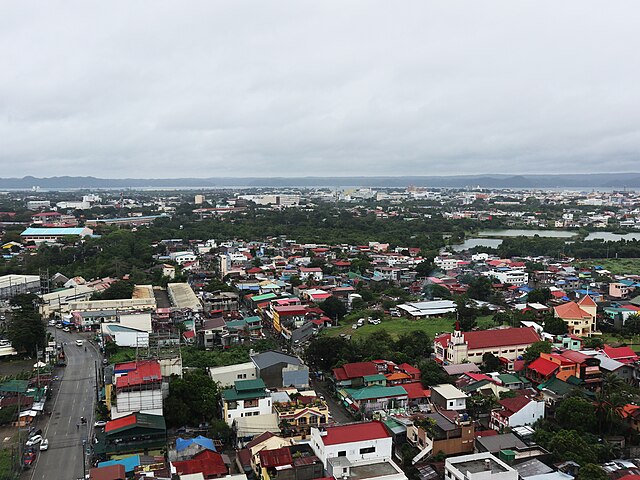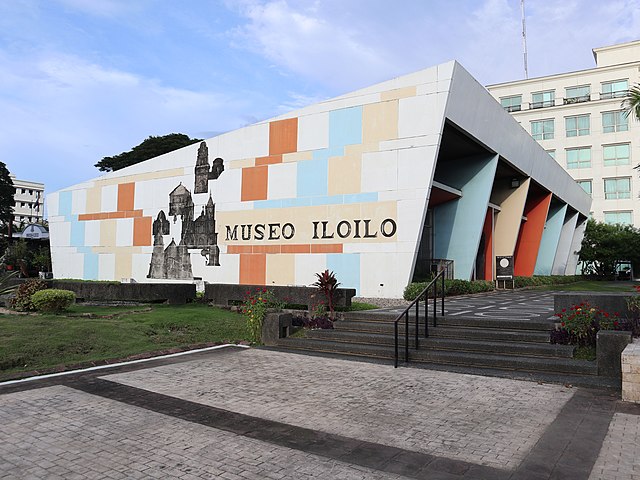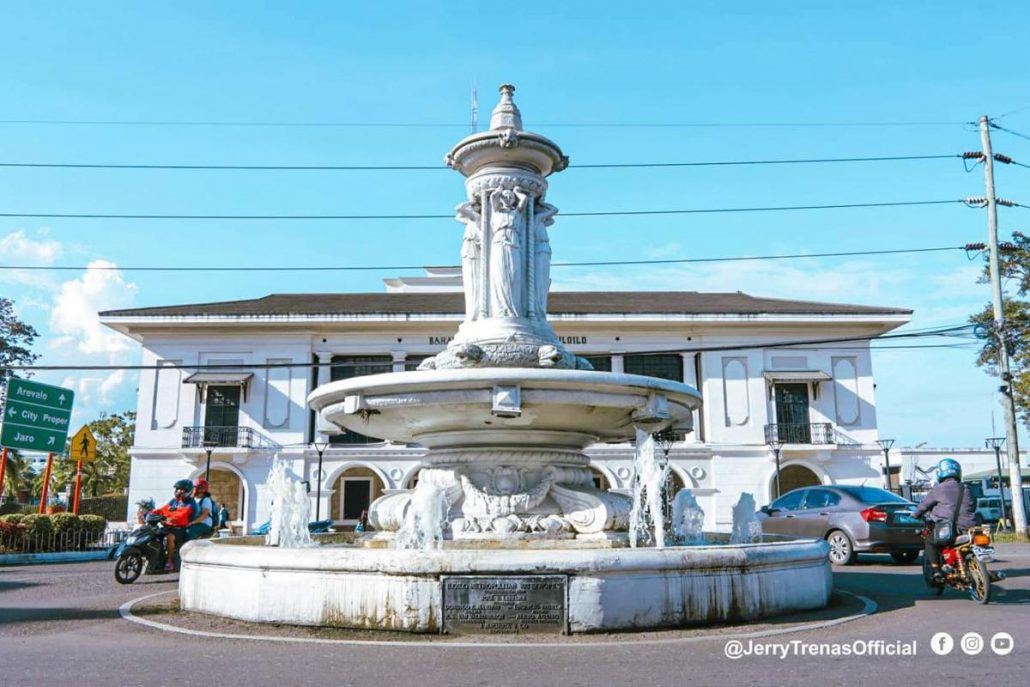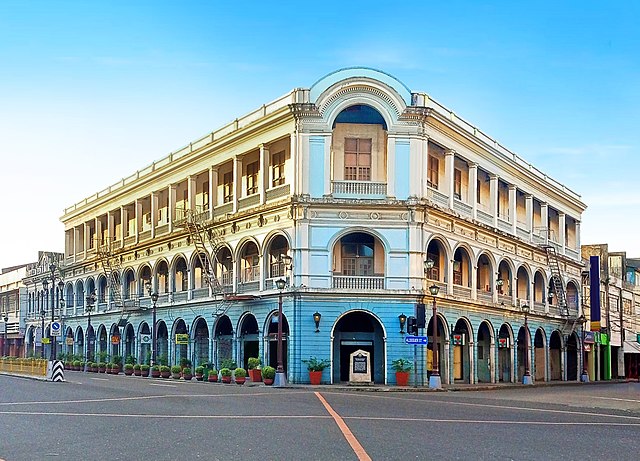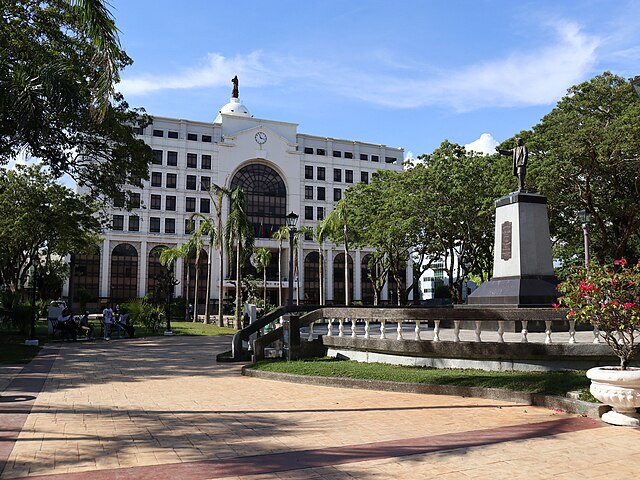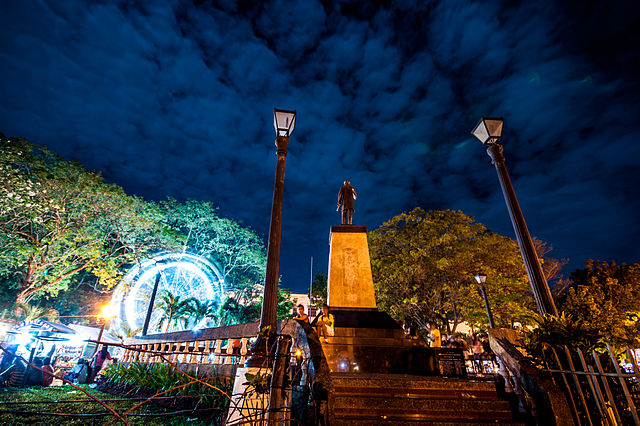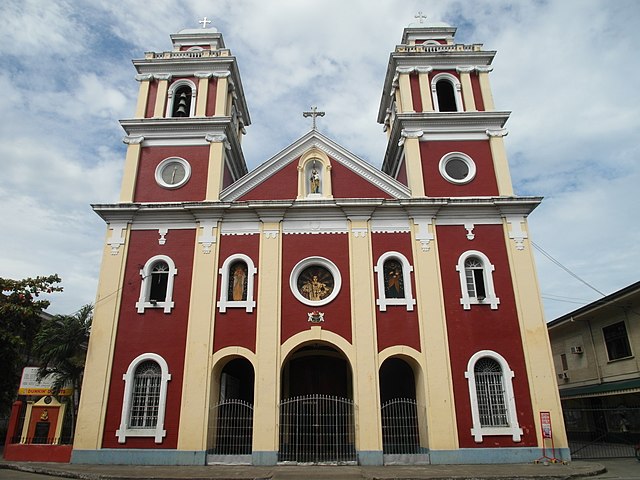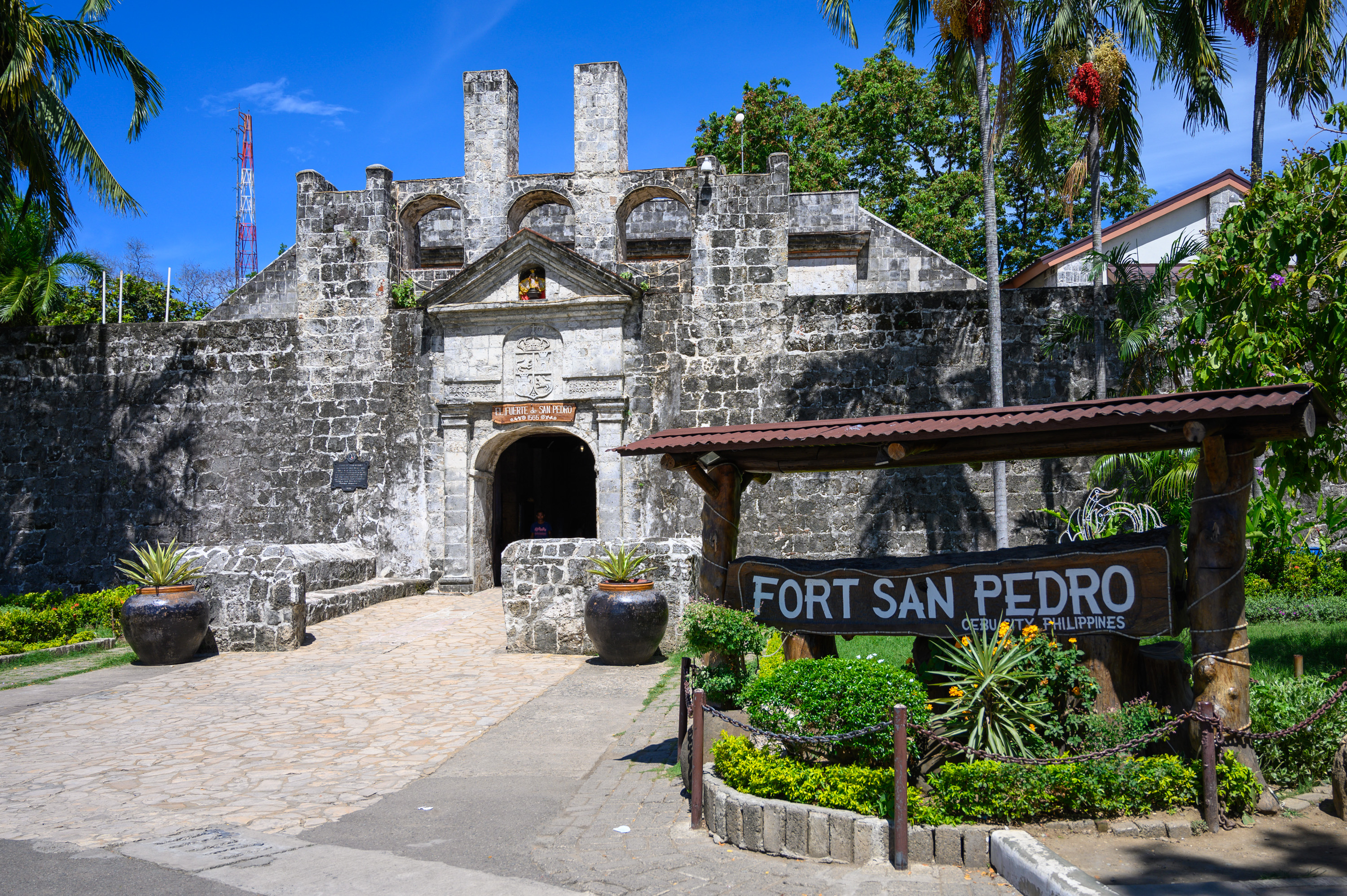Welcome to Iloilo City, and welcome to Anthro on Foot's walking tour! This is a self-paced walking
tour that
features key heritage sites and cultural highlights in the area. We hope you enjoy this tour as much
as we enjoyed
curating it!
The Ati people were nomadic hunters and gatherers who lived in small communities in the interior
parts of Panay, which constitutes present-day Aklan, Antique, Capiz, and Iloilo. They had a deep
connection with the land and were skilled in survival and resource utilization within the island's
diverse ecosystems.
Over time, Malay migrants from Borneo and Sumatra began to settle in the coastal areas of Panay.
This migration contributed to the development of more organized communities engaged in agriculture
and trade. The interaction between the Malay settlers and the Ati people influenced the cultural
landscape of the region.
Legend has it that in the 13th century, ten Bornean datus arrived on the island of Panay,
presenting a gold hat (or salakot) and a lengthy golden necklace as a peace offering to the Ati
locals in exchange for the flat lands of Panay. Among these datus, Paiburong was granted the
territory of Irong-Irong.
Iloilo's strategic location along the Visayan Sea made it a hub for maritime trade even before the
arrival of the Spanish. Communities engaged in seafaring and barter trade with neighboring islands
and even with Chinese and other Southeast Asian traders.
The arrival of the Spanish in the 16th century marked a significant shift in the region's history
as it led to the establishment of Spanish colonial rule.
The name "Iloilo City" finds its origin in the city's geographical features, resembling a nose cut
by the river, known as "Irong-Irong," which later evolved into Iloilo. Alternative accounts propose
a connection to a fish as the source of the name.
